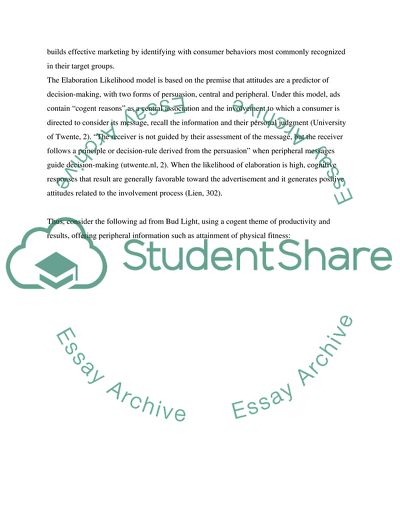Cite this document
(Bud Light as a Marketing Element of the Beer Industry Research Paper, n.d.)
Bud Light as a Marketing Element of the Beer Industry Research Paper. Retrieved from https://studentshare.org/marketing/1745238-bud-light-marketing-paper
Bud Light as a Marketing Element of the Beer Industry Research Paper. Retrieved from https://studentshare.org/marketing/1745238-bud-light-marketing-paper
(Bud Light As a Marketing Element of the Beer Industry Research Paper)
Bud Light As a Marketing Element of the Beer Industry Research Paper. https://studentshare.org/marketing/1745238-bud-light-marketing-paper.
Bud Light As a Marketing Element of the Beer Industry Research Paper. https://studentshare.org/marketing/1745238-bud-light-marketing-paper.
“Bud Light As a Marketing Element of the Beer Industry Research Paper”, n.d. https://studentshare.org/marketing/1745238-bud-light-marketing-paper.


